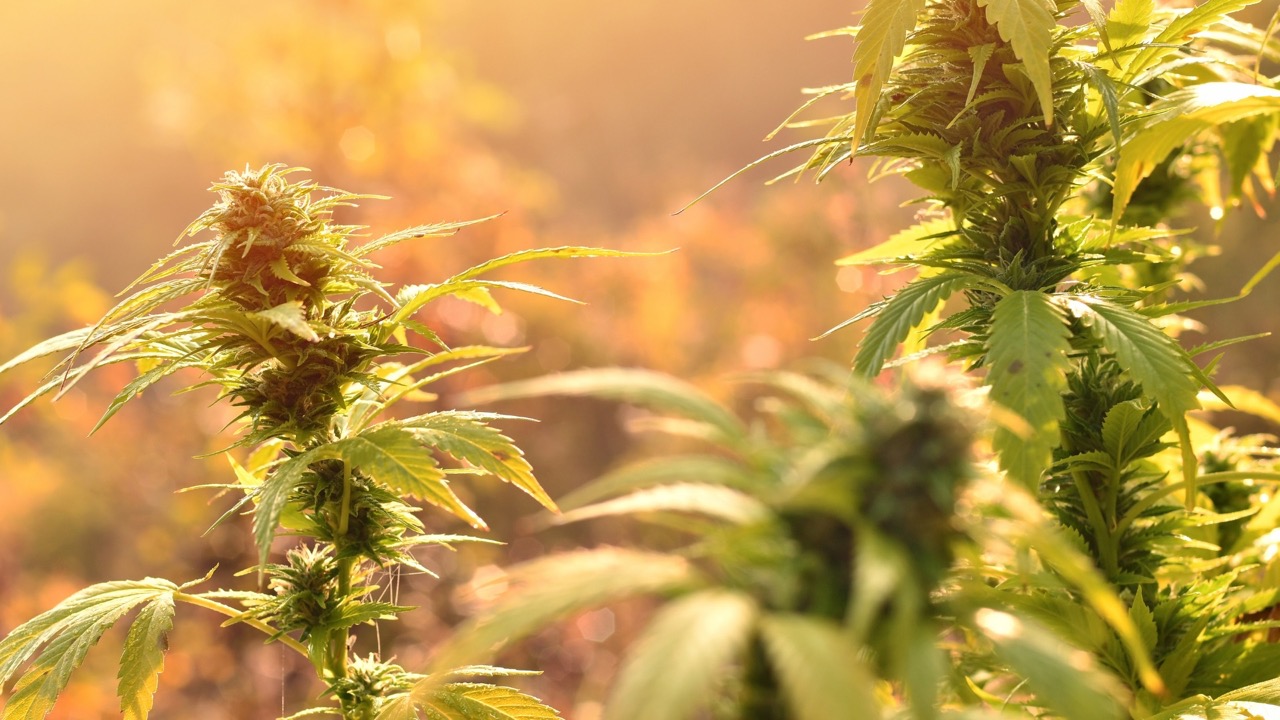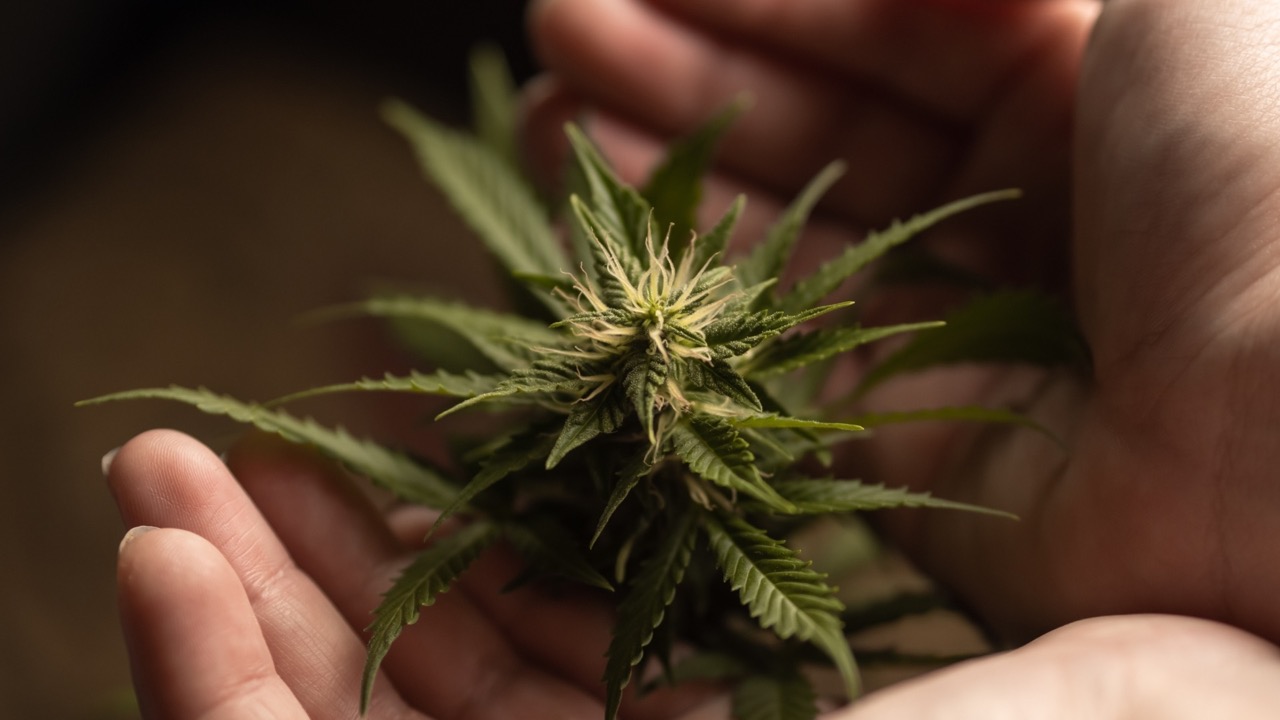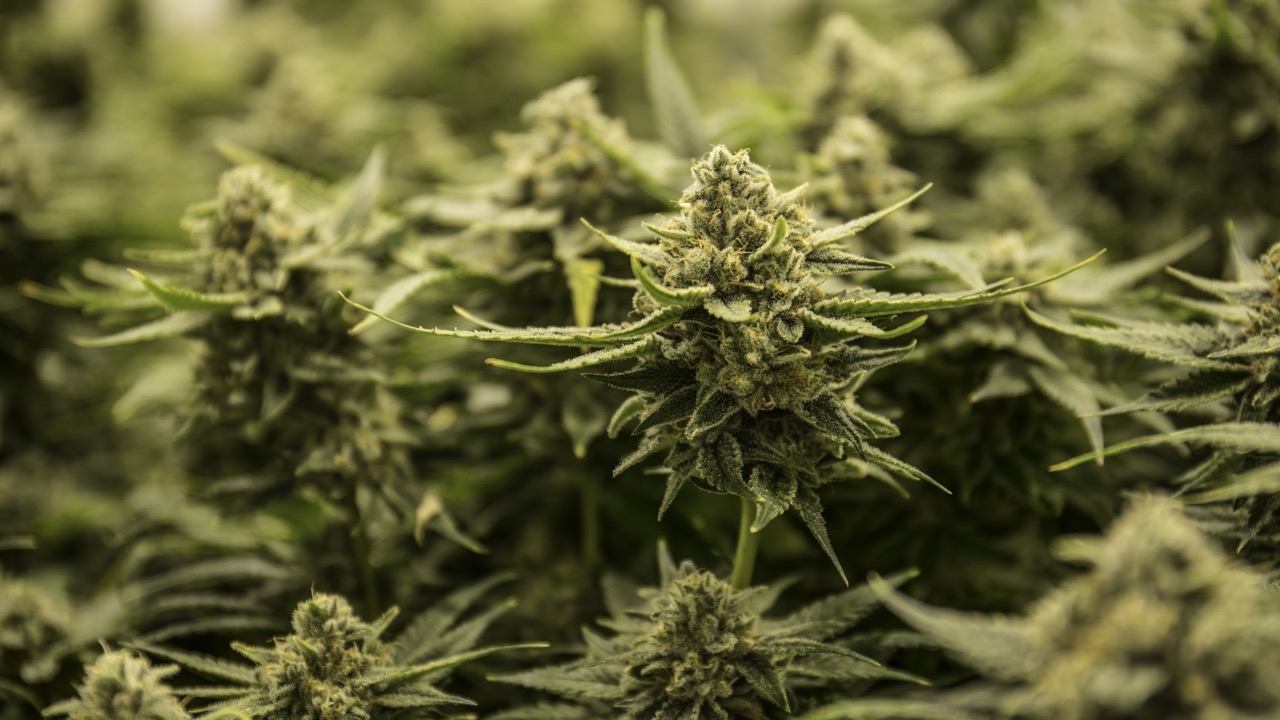With a growing societal focus on sustainable practices, it’s high time to address sustainability in cannabis farming. Despite being a rapidly expanding sector, the cannabis industry is still in its fledgling stage when it comes to sustainable farming practices. We need to shift our approach from purely profit-driven to one that incorporates principles of sustainability – economic, social, and environmental. So, what makes a cannabis farm sustainable?
Understanding Sustainability in Cannabis Farming
Defining sustainability in the realm of cannabis farming involves finding ways to grow this cash crop in a manner that doesn’t deplete natural resources or harm the environment while ensuring a profitable and ethical business model.
Sustainability stands on three key pillars – economic, social, and environmental. It’s about balancing the delicate interplay between these areas to create a robust and sustainable business model that can stand the test of time and fluctuations in market trends.
Sustainable Farming Techniques
A variety of sustainable farming techniques have been developed over the years, many of which can be applied to the cannabis industry. These techniques cover three broad areas: environmental, social, and economic sustainability.
Environmental Sustainability
The crux of environmental sustainability is maintaining a positive balance with Mother Earth. This involves practices like regenerative agriculture, organic cultivation, and many others.
Regenerative Agriculture
Regenerative agriculture refers to farming practices that aim to restore and enhance soil health, biodiversity, and ecosystem function. In the case of cannabis farming, this might involve crop rotation, cover crops, and minimum tillage to maintain soil health. Not only does this method increase the land’s long-term productivity, but it also mitigates climate change by storing carbon in the soil.
Organic Cultivation
Organic cultivation means growing cannabis without the use of synthetic pesticides, herbicides, and fertilizers. Instead, organic farmers rely on natural methods such as composting, biological pest control, and green manure. Not only does this method produce healthier and tastier cannabis, but it also preserves the biodiversity of the surrounding ecosystem. It also means utilizing the sun’s natural light to nourish the plants.
Water Conservation Techniques
Water is a precious resource, especially in regions where it’s scarce, particularly in states like California. Effective water conservation techniques in cannabis farming may include using drip irrigation systems to reduce evaporation and runoff, mulching to minimize weed growth and maintain soil moisture, and rainwater harvesting for irrigation.
Integrated Pest Management
Integrated pest management is a comprehensive approach to pest control that minimizes environmental impact. This might involve using natural predators to control pests, rotating crops to break pest life cycles, and using plant varieties that are resistant to pests.
Wood Curing
When it comes time to dry and cure plants, many operations set up fans and dehumidifiers that drain electricity. Using natural methods like wood burning can have the same – if not better – drying and curing effect but with much less impact. It does take a little longer than traditional methods, but the farmers who employ this style do so because the end result is worth it in flavor and potency.
Social Sustainability
Social sustainability is all about ensuring fair labor practices, engaging positively with the local community, and maintaining ethical business practices.
Fair Labor Practices
Cannabis farms should provide safe working conditions, fair wages, and opportunities for growth and development for their employees. This not only increases workers’ satisfaction and productivity but also helps to elevate industry standards.
Community Engagement
Community engagement might involve supporting local initiatives, providing education about cannabis, or sourcing locally when possible. It’s about being a good neighbor and contributing positively to the local economy and community.
Ethical Business Practices
Transparency, honesty, and integrity should be at the heart of any sustainable cannabis business. This could involve everything from transparent marketing and fair pricing to ethical sourcing and distribution practices.
Economic Sustainability
Economic sustainability revolves around the efficient management of resources, diversification of revenue streams, and implementation of cost-effective practices.
Efficient Resource Management
This involves optimizing the use of resources – such as water, energy, and land – to reduce waste and improve efficiency. For example, using natural sunlight instead of artificial lights (like indoor grow operations) or implementing a crop rotation plan to make the most out of the land.
Diversification of Revenue Streams
A sustainable cannabis business should not rely solely on selling cannabis. They can also generate income from secondary products such as compost, seeds, fibers, and oils as well as growing other crops like fruits and vegetables. This provides a buffer against market volatility and allows the business to stay profitable even when conditions are not favorable.
Cost-Effective Practices
Implementing sustainable practices can often lead to cost savings in the long run. For instance, organic cultivation methods can reduce reliance on expensive synthetic inputs, and water conservation techniques can lower water bills.

Challenges to Sustainable Cannabis Farming
While the benefits of sustainable cannabis farming are apparent, adopting these practices is not without its challenges.
Legal and Regulatory Hurdles
Despite a growing trend toward legalization, cannabis still faces significant legal and regulatory hurdles. In some regions, outdated or ambiguous laws make it challenging to adopt sustainable practices. For instance, regulations around water use can be particularly strict for cannabis farmers, making it harder to implement conservation measures.
Moreover, the requirement for indoor cultivation in some areas increases energy use significantly, making it more challenging to maintain environmental sustainability. Without clear guidance and support from regulators, implementing sustainable practices can be a daunting task for cannabis farmers.
Limited Access to Sustainable Resources
Another significant hurdle is the limited access to sustainable resources. As the demand for organic inputs grows, so does the competition for these resources. Organic fertilizers, compost, and beneficial insects used in integrated pest management can sometimes be hard to come by. And when they are available, their costs can be prohibitive, especially for small-scale farmers.
Limited access to renewable energy sources is another challenge. While the benefits of solar or wind energy for indoor cultivation are obvious, the initial investment and availability of these resources can be a barrier for many growers.
Financial Constraints
Finally, financial constraints often deter cannabis farmers from adopting more sustainable practices. While these practices can be more cost-effective in the long run, they often require a substantial upfront investment. The cost of setting up rainwater harvesting systems, buying organic inputs, or transitioning to renewable energy sources can be high.
Furthermore, due to the legal gray area that cannabis still occupies, many traditional financing avenues are closed to cannabis farmers. This can make it tough for these farmers to secure the necessary funds to transition to more sustainable practices.

The Benefits of Sustainable Cannabis Farming
Despite the challenges, the benefits of sustainable cannabis farming are worth fighting for. These benefits transcend beyond the farm, creating positive ripple effects across the environment, society, and the economy.
Environmental Benefits of Sustainable Cannabis Farming
Sustainable farming practices have profound environmental benefits. By adopting organic cultivation and integrated pest management, cannabis farmers can reduce their reliance on synthetic pesticides and fertilizers, thus minimizing soil, air, and water pollution.
Regenerative agriculture helps in restoring soil health, maintaining biodiversity, and combating climate change. By encouraging natural ecosystems to thrive, these practices not only contribute to healthier crops but also to a healthier planet.
Water conservation techniques help to preserve our precious water resources, and through carbon sequestration, cannabis farms can play a vital role in offsetting greenhouse gas emissions.
Social Benefits of Sustainable Cannabis Farming
From a social perspective, sustainable cannabis farming creates fair and safe working conditions. Fair labor practices, such as paying living wages and ensuring safe working conditions, contribute to improving workers’ quality of life and job satisfaction.
Community engagement is another social benefit. By supporting local initiatives and sourcing supplies locally, cannabis farms can contribute positively to local economies and communities.
Moreover, ethical business practices enhance trust and transparency between the business, its customers, and the wider community. Consumers today want to support businesses that align with their values, and sustainable farming practices can help build that connection.
Economic Benefits of Sustainable Cannabis Farming
Finally, the economic benefits of sustainable cannabis farming are significant. Efficient resource management can lead to substantial cost savings in the long run. For example, organic cultivation and water conservation techniques can reduce reliance on expensive synthetic inputs and lower water bills.
Diversification of revenue streams also increases financial resilience. By producing and selling secondary products such as compost, seeds, fibers, or oils, farms can buffer themselves against market volatility and downturns.
Moreover, with growing consumer demand for sustainable and organic products, farmers who adopt these practices can often command higher prices for their products, leading to increased profits.

Best Practices for Sustainable Cannabis Farming
Sustainable cannabis farming requires more than good intentions – it requires deliberate and strategic actions. To build a truly sustainable cannabis farm, businesses must prioritize sustainability in their decisions, invest in sustainable infrastructure, and collaborate with sustainable partners.
Prioritizing Sustainability in Business Decisions
Every business decision can potentially move a farm closer to or further away from sustainability. Thus, sustainability needs to be more than a buzzword – it must be a core value that informs every aspect of the operation.
Prioritizing sustainability might mean choosing organic inputs over synthetic ones, even if the latter is cheaper. It might mean investing in energy-efficient equipment, even when older models are still functional. Or it could mean taking the time to train staff on sustainable practices, even when it would be faster to stick with conventional methods.
Investing in Sustainable Infrastructure
Investing in sustainable infrastructure is another essential aspect of a sustainable cannabis farm. This might involve setting up rainwater harvesting systems, installing energy-efficient lighting in indoor growing facilities, or building composting facilities to turn organic waste into valuable fertilizer.
While the upfront cost of these investments can be high, they can lead to significant cost savings and environmental benefits in the long run. Plus, many regions offer incentives or grants for businesses that invest in sustainable infrastructure, which can help offset some of these costs.
Collaborating with Sustainable Partners
Finally, creating a sustainable cannabis farm is not a journey that needs to be taken alone. Collaborating with sustainable partners—whether that’s suppliers, distributors, or other farms—can help businesses learn from each other, pool resources, and amplify their impact.
This might involve sourcing inputs from local organic farms, partnering with renewable energy providers, or joining industry groups dedicated to sustainable farming practices.
Collaboration can also involve engaging with local communities or indigenous groups—learning from their traditional ecological knowledge, and finding ways to support each other.
Final Thoughts
Embarking on this journey, we’ve delved into what it truly means to be a sustainable cannabis farm. We’ve examined the pillars of sustainability – environmental, social, and economic – and how they intertwine with the fabric of the cannabis industry.
The benefits of sustainable cannabis farming are undeniable. They reach far beyond the farm, cascading through our environment, societies, and economies, yielding healthier ecosystems, fairer labor practices, and stronger, more resilient businesses.
As we look to the future of the cannabis industry, sustainability will play a key role. Consumer demand for ethically and sustainably produced products is on the rise, and the industry will need to meet these demands to remain competitive. As more and more businesses embrace sustainability, we’ll see a shift in the industry as a whole, with sustainability transitioning from an optional extra to a non-negotiable requirement.
The roadmap toward a more sustainable cannabis industry is laid out before us. As we forge ahead, we are not just cultivating cannabis; we are cultivating change, growth, and a sustainable future. Here’s to the journey ahead and to the impact we can make when we choose sustainability. Let’s continue to plant the seeds of change.


